What causes damage on cylinder # 4 walls and rod bearing?
#21
Not to hijack but there are no limits to the jet engine. You could slam the throttle even in high angle of attack modes or full blown departures on all 3 axis. We had Pratt engineers show up and attached monitors to the planes and they had a hell of a time. Said they did not know why they were recording so many throttle movements. (These guys were commercial engine guys) We gave them a ride in a 2 seat airplane for ACM (air combat maneuvering) and their eyes were opened. They had no idea we slammed the throttle from idle to MRT (Military Rated Thrust-full power) so many times.
 I think the topic is relevant to car engines. As the technology to gain max performance parallels each other's world. NOW, to find out what lubricating OIL goes into those mil spec engines!
I think the topic is relevant to car engines. As the technology to gain max performance parallels each other's world. NOW, to find out what lubricating OIL goes into those mil spec engines! 
#22
Registered User

Thread Starter
In a jet engine you simply just have a big rotating shaft with blades aded to him, perfectly ballanced. No up-and down movement with stopping and accelaration the pistons at every dead center as in a piston engine.
Take a guess where i have made my apprenticeship: https://www.mtu.de/de/
Take a guess where i have made my apprenticeship: https://www.mtu.de/de/

Last edited by Mr.Matchbox; 06-04-2020 at 05:58 AM.
#23

Join Date: Aug 2012
Location: Foothills East of Sacramento
Posts: 5,903
Received 1,751 Likes
on
1,044 Posts
In a jet engine you simply just have a big rotating shaft with blades aded to him, perfectly ballanced. No up-and down movement with stopping and accelaration the pistons at every dead center as in a piston engine.
Take a guess where i have made my apprenticeship: https://www.mtu.de/de/
Take a guess where i have made my apprenticeship: https://www.mtu.de/de/

Here are some shot of the new Trent engines for the A330 900. We have had them a year. About 76,000 lbs of thrust each. You can see the change in the blade pitch as the outer portion acts more like a propeller and provides most of the thrust. The inner portion drives the high temperature compressor section which makes the engine rotate.
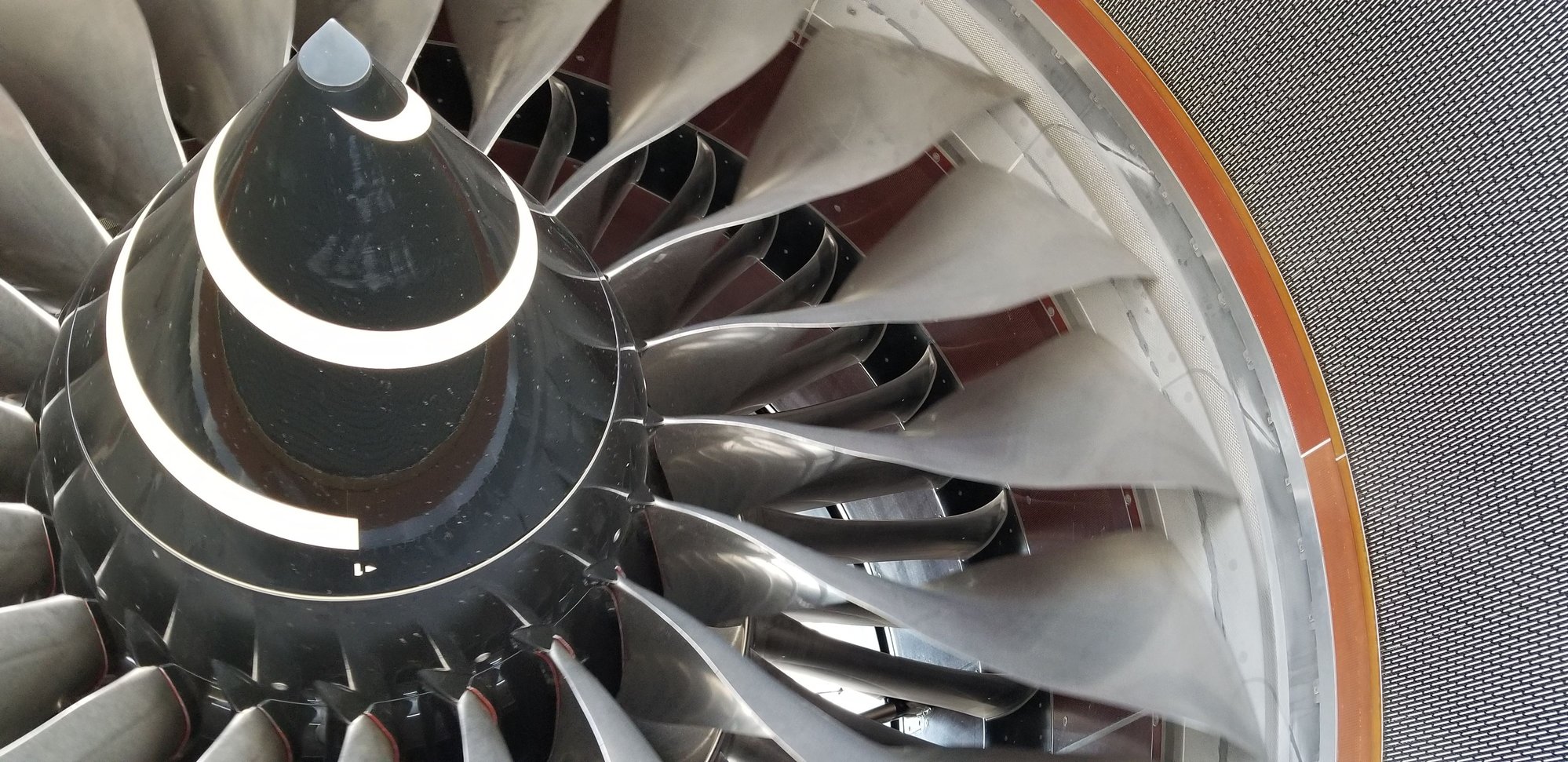
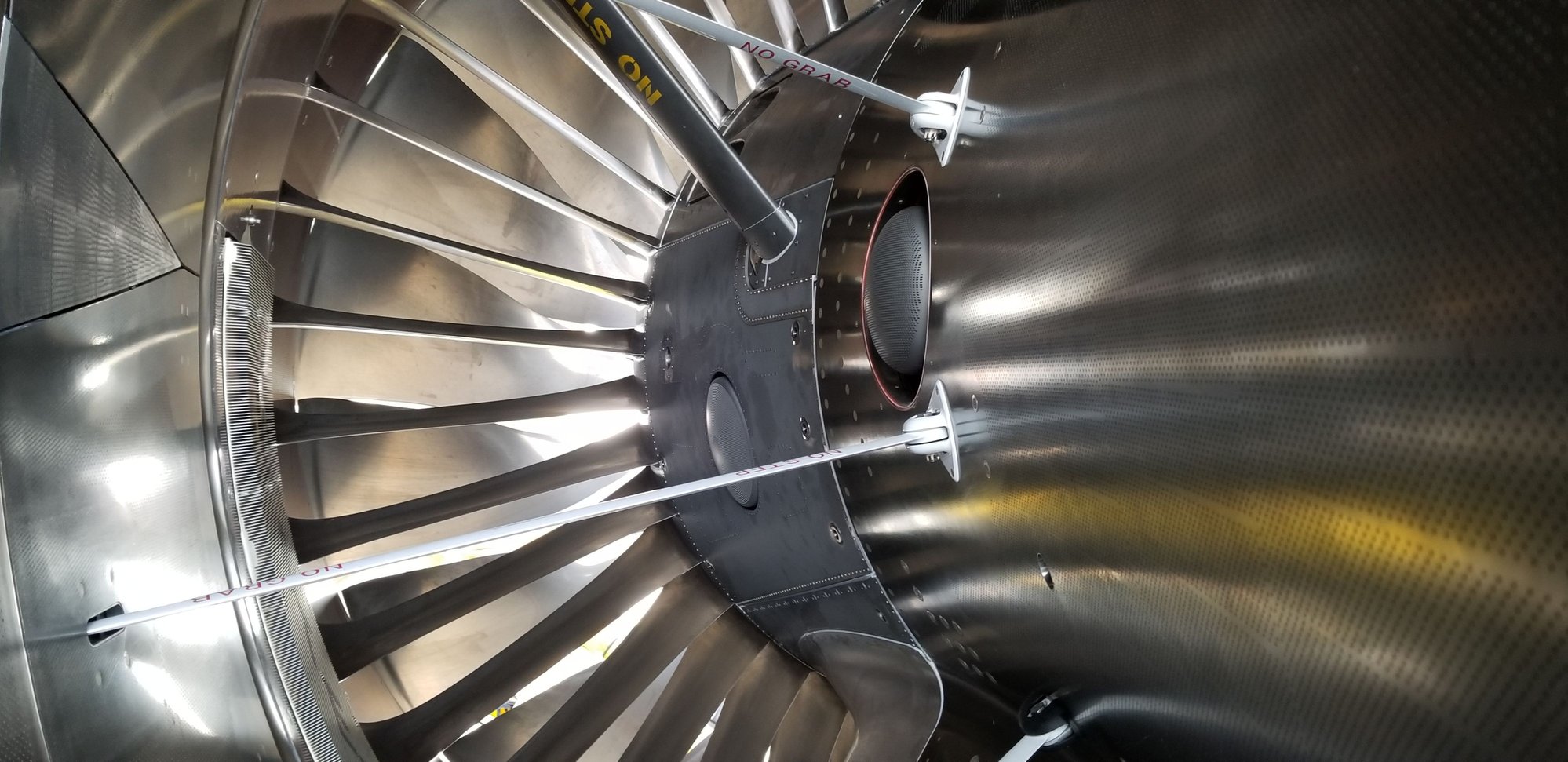
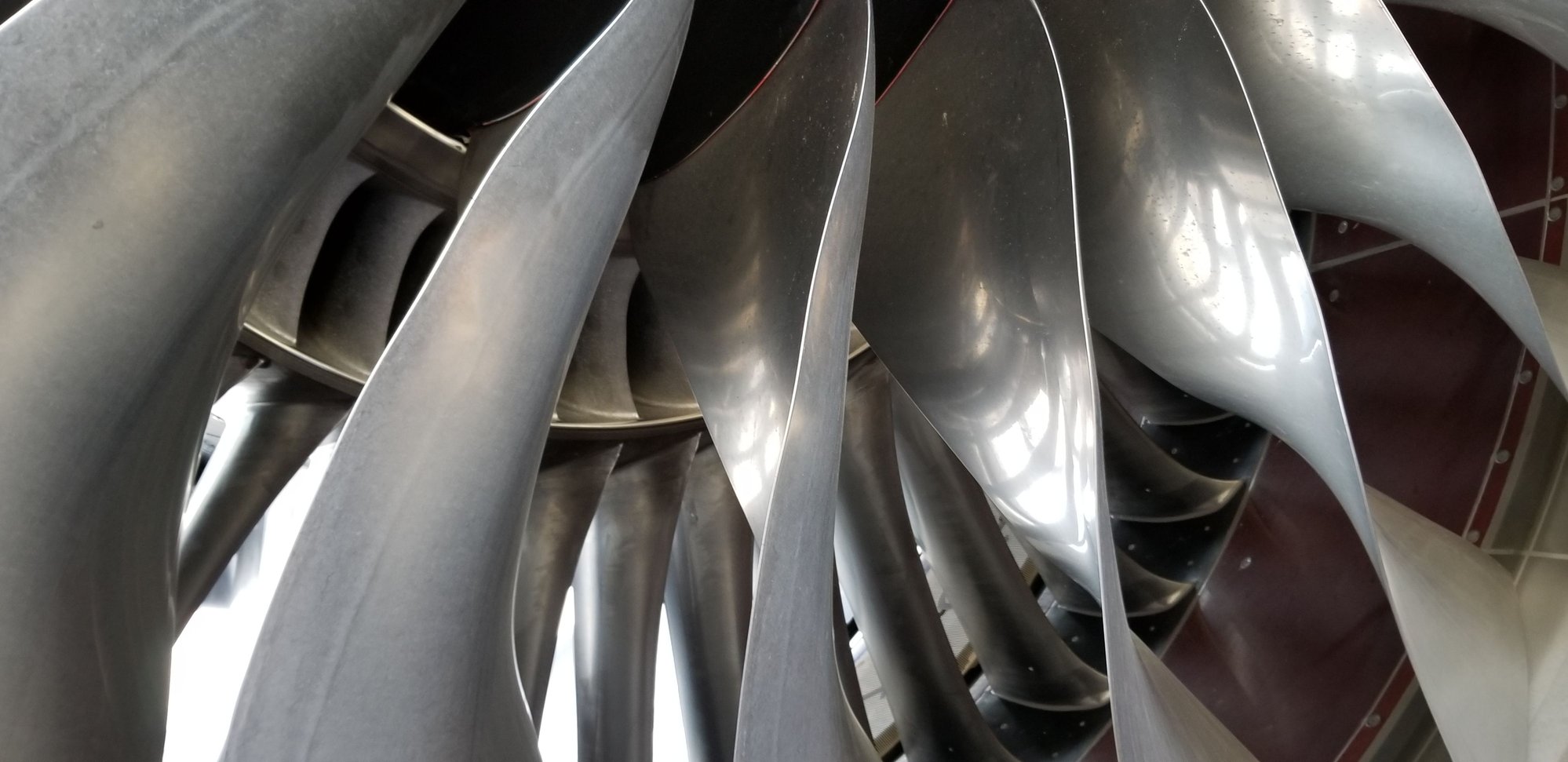

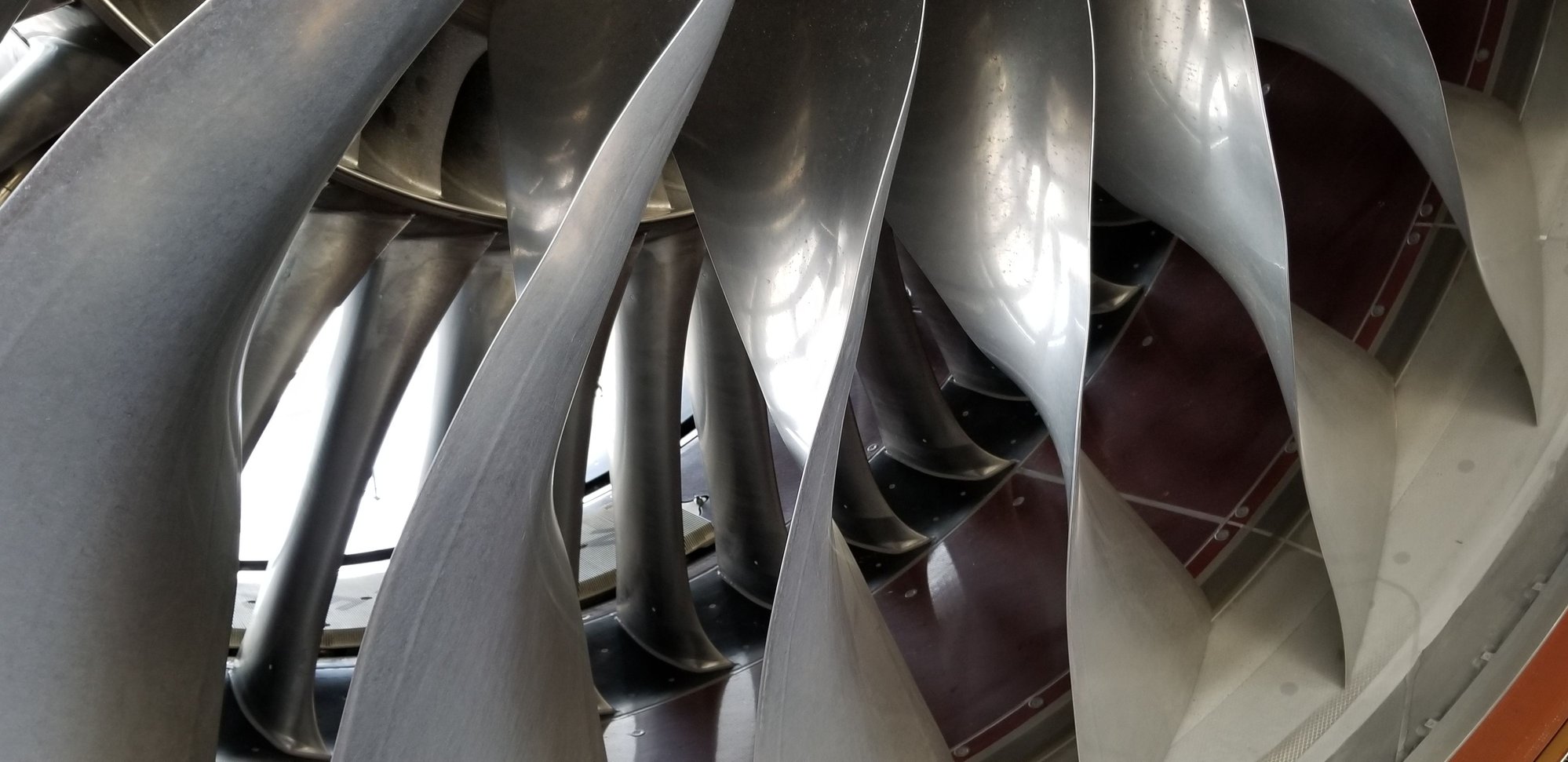
The following users liked this post:
windhund116 (06-08-2020)
#24
Registered User

Thread Starter
Yes, i was referring to the simple, basic military jet engine design from the 50s. GE J 79 for example.
I was working at the turbine blade department of the factory back then, grinding blades and laser drilling cooling bores into the blades of the turbine section.
I was working at the turbine blade department of the factory back then, grinding blades and laser drilling cooling bores into the blades of the turbine section.
#25
@ twohoos: You could read my mind?
I am also a little bit concerned about the Banjo bolts. When the springs inside the bolts are broken, is it possible that some oil is dripping back into the pan when the engine is sitting, that the oil channels are emptied over time?
When i start the engine, it takes roughly one second until the oil warning light gets off, while the engine spinns with 2.000 RPM. That annoys me to death.
And remember that the oil pressure switch only needs 0,2 Bar / 5psi to switch the warning ligth off.
Can this cause lightly scoring on the bearings over time? Maybe. Can idle with low oil pressure due to damaged banjo bolts can score the bearings lightly? Maybe.
Add to this that all the guys that have knowlegde in engine oil will tell you that a thicker oil create more heat in the engine because of more friction and reduced oil flow.
Maybe i am ovethinking it, but:
- Using only oil with -30 or -40 viscosity grade,
- Add a Oil pressure and Oil temperature gauge,
- Avoid long high speed runs,
- And maybe check the banjo bolts
Seems like a good idea to me.
As a side note, i was allways doubtfull that this engine, with this extremly high piston speed, is really bulletproof on the autobahn, e.g. drive it for lets say 50 Km/ 30 Miles with 8.000 RPM +.
This is just to much stress in my opinion. The recomendation from rpg51 to keep it under 100 MPH / 160 Km/H / 6.000 RPM make sense to me. Beside short sprints to higher speeds, of course.
I am also a little bit concerned about the Banjo bolts. When the springs inside the bolts are broken, is it possible that some oil is dripping back into the pan when the engine is sitting, that the oil channels are emptied over time?
When i start the engine, it takes roughly one second until the oil warning light gets off, while the engine spinns with 2.000 RPM. That annoys me to death.
And remember that the oil pressure switch only needs 0,2 Bar / 5psi to switch the warning ligth off.
Can this cause lightly scoring on the bearings over time? Maybe. Can idle with low oil pressure due to damaged banjo bolts can score the bearings lightly? Maybe.
Add to this that all the guys that have knowlegde in engine oil will tell you that a thicker oil create more heat in the engine because of more friction and reduced oil flow.
Maybe i am ovethinking it, but:
- Using only oil with -30 or -40 viscosity grade,
- Add a Oil pressure and Oil temperature gauge,
- Avoid long high speed runs,
- And maybe check the banjo bolts
Seems like a good idea to me.
As a side note, i was allways doubtfull that this engine, with this extremly high piston speed, is really bulletproof on the autobahn, e.g. drive it for lets say 50 Km/ 30 Miles with 8.000 RPM +.
This is just to much stress in my opinion. The recomendation from rpg51 to keep it under 100 MPH / 160 Km/H / 6.000 RPM make sense to me. Beside short sprints to higher speeds, of course.

I don't think the oil jet holes being open (with engine off) would drain enough oil to the pan to be a problem -- the oil would have to force its way through the 4 (smaller!) holes, then up and out of the oil jet (against gravity), all without any pressure from the oil pump.
But the more I think about it, I do agree about the oil weight being a factor. This motor was designed (and warranted) to run with any conventional 30-weight; but given its tolerances and performance you can bet it's not as flexible as your typical 90's Civic or Accord motor when it comes to oil weights. Besides if you're concerned about increasing "wear protection" there were always better ways to achieve it than to just throw a 50-weight at it. Even early-'00s 30-weight synthetics offered 10X wear performance and longer drain intervals, without changing the film thickness/flow characteristics/etc that the engineers designed for. By contrast, a 50-weight simply "behaves" differently than a 30-weight, so it seems to me that there's a real risk of unintended consequences.
#26
Registered User

Thread Starter
@ twohoss:
I think that maybe the oil channels that goes up to the cylinder head, including the filter and oil cooler, maybe drain empty through damaged (open) oil jet bolts when the engine is sitting a few days. That would explain the delay needed for the oil warning light to goes of when i start the engine after a few days. And i found the oil filter completly emptyed after the winter storage.
This is only my guessing and i could be wrong.
Regarding the oil viscosity, i have posted a link at post #11 here. According to this, the S2000 engine clearly is designed for -30 or -40 oil. The clearance for the S2000 crankshaft bearing is 0.0007-0.0016 in, the rod bearing 0.0012-0.0021 in.
What is a Carnac?

I think that maybe the oil channels that goes up to the cylinder head, including the filter and oil cooler, maybe drain empty through damaged (open) oil jet bolts when the engine is sitting a few days. That would explain the delay needed for the oil warning light to goes of when i start the engine after a few days. And i found the oil filter completly emptyed after the winter storage.
This is only my guessing and i could be wrong.
Regarding the oil viscosity, i have posted a link at post #11 here. According to this, the S2000 engine clearly is designed for -30 or -40 oil. The clearance for the S2000 crankshaft bearing is 0.0007-0.0016 in, the rod bearing 0.0012-0.0021 in.
What is a Carnac?


Last edited by Mr.Matchbox; 06-07-2020 at 04:09 AM.
#27
Carnac the Magnificent was a skit on the Johnny Carson show. The original King of late night tv. Carnac was a bit where Johnny would out on this Turban, and pretend to be a mind reader. Probably some good examples on youtube.
Heeeeeeres Johnny!
Old guy pop culture.
Your issue with oil draining out of passages sounds like a filter with a bad antidrainback valve. Filter is supposed to hold the oil above it and not let it drain back past it back into pan. But if that check valve leaks, it'll let oil drain back, and it'll take a few seconds to build oil pressure. The filter draining over winter is consistent with this issue as well.
Heeeeeeres Johnny!
Old guy pop culture.
Your issue with oil draining out of passages sounds like a filter with a bad antidrainback valve. Filter is supposed to hold the oil above it and not let it drain back past it back into pan. But if that check valve leaks, it'll let oil drain back, and it'll take a few seconds to build oil pressure. The filter draining over winter is consistent with this issue as well.
#28
Actually you have 2 spools that are independent. With most commercial engines "slamming" or rapid movement may cause compressor stalls. Our A330 engines (GE and Trent) have crosswind limits on application of full power application because of the compressor stall issue. You need to be moving along 30-40 Knots before you go full bore.
Here are some shot of the new Trent engines for the A330 900. We have had them a year. About 76,000 lbs of thrust each. You can see the change in the blade pitch as the outer portion acts more like a propeller and provides most of the thrust. The inner portion drives the high temperature compressor section which makes the engine rotate.
Here are some shot of the new Trent engines for the A330 900. We have had them a year. About 76,000 lbs of thrust each. You can see the change in the blade pitch as the outer portion acts more like a propeller and provides most of the thrust. The inner portion drives the high temperature compressor section which makes the engine rotate.

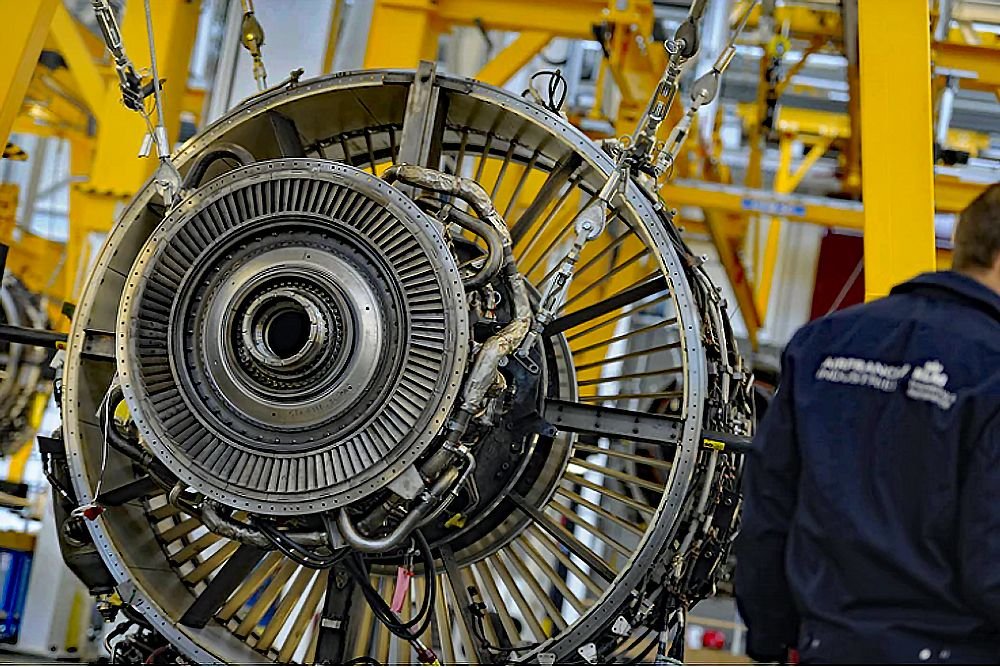
#29

Join Date: Aug 2012
Location: Foothills East of Sacramento
Posts: 5,903
Received 1,751 Likes
on
1,044 Posts
Minimum oil pressure is 70psi. Not sealed bearings. Pretty dang hot in there!
#30
Registered User

Thread Starter
@ car analogy: Sorry for the delay.
Thanks for the explanation of "Carnac,", i learned something new. The Johnny Carson show is unkonwn here..
The oil draining problem: Yes, it is possible that one filter has a issue, of course, but not three OEM Honda filters in a row.
To me, the only option that can cause this problem are banjo bolts with broken springs inside that let oil drip out of the oil channels slowly while the engine is sitting. Thats the only thing that comes to my mind. Any other options?
I have found annother interesting read, advising against the use of high viscosity oils when not recomended by the engine maker. This is mythbusting. It even states that (to) thick oils can cause cavitation and air bubbles in the bearings at high RPM.
https://www.opieoils.co.uk/t-car-eng...explained.aspx
And now, somebody very brave maybe stir up a hornet´s nest and tell the guys in the german S2000 community that their advise for -50 oil is wrong.
Thanks for the explanation of "Carnac,", i learned something new. The Johnny Carson show is unkonwn here..

The oil draining problem: Yes, it is possible that one filter has a issue, of course, but not three OEM Honda filters in a row.
To me, the only option that can cause this problem are banjo bolts with broken springs inside that let oil drip out of the oil channels slowly while the engine is sitting. Thats the only thing that comes to my mind. Any other options?
I have found annother interesting read, advising against the use of high viscosity oils when not recomended by the engine maker. This is mythbusting. It even states that (to) thick oils can cause cavitation and air bubbles in the bearings at high RPM.
https://www.opieoils.co.uk/t-car-eng...explained.aspx
And now, somebody very brave maybe stir up a hornet´s nest and tell the guys in the german S2000 community that their advise for -50 oil is wrong.

Last edited by Mr.Matchbox; 06-13-2020 at 04:57 AM.






